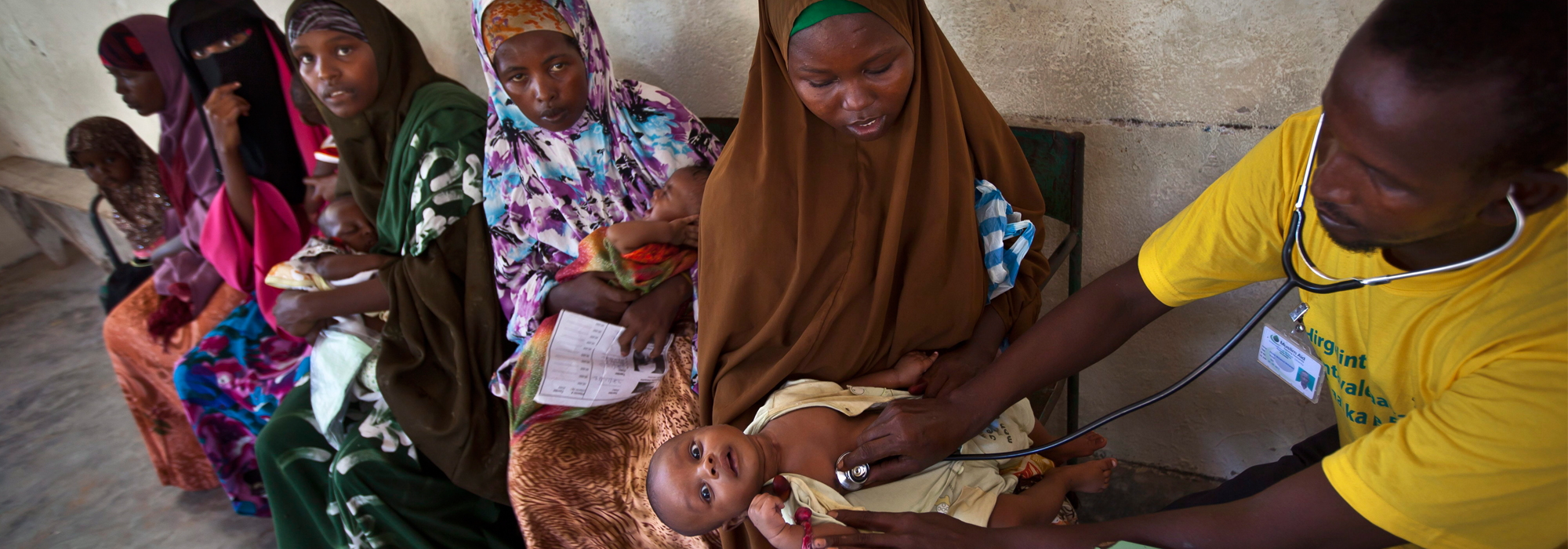
“Let’s Talk About Sex, Baby.”
I’m assuming you’ve found your way here because you’re a devoted Salt-N-Pepa fan. Now that I have your attention, let’s indeed talk about sex(ual and reproductive rights and health), particularly in the global south.
In 2008, the Conservative government launched its signature international development plan – the Muskoka Initiative. While it put a much-needed focus on maternal, newborn and child health (MNCH), it also brushed over important aspects of an evidence-based policy – namely reproductive and adolescent health.
The Initiative, with $6.3 billion of funding over ten years, came midway through the Millennium Development Goals established through a United Nations declaration. In those 15 years, global maternal and child mortality were halved.
Last year, the world agreed at the UN to the Global Goals for Sustainable Development. The goals are deliberately designed to target the hardest to reach. They’re more comprehensive than the millennium goals, and include targets for maternal and child mortality, as well as sexual and reproductive health.
Which brings us to adolescent girls.
There is no demographic more marginalized, more disadvantaged, more overlooked than teenage girls. When we talk about the hardest to reach, in too many cases, we’re talking about adolescent girls. Maternal health programs pick up young women when they’re pregnant. School programs reach them in childhood. The gap between school and motherhood means they don’t often come into contact with institutions that support and care for them.
There is no demographic more marginalized, more disadvantaged, more overlooked than teenage girls.
A bit of evidence:
- 1,000 teen girls contract HIV every single day. Yes, you read that correctly. Every single day.
- The number one killer of teen girls is pregnancy and childbirth
- An adolescent girl dies every ten minutes as a result of violence
- Globally, 59 million children are out of education. 34 million of these are adolescent girls
If we want to find the hardest to reach, we need to focus on adolescent girls. If we want to know whether we’re improving the lives of everyone across the board, then we need to reach teen girls. Not only are they indicative of the hardest to reach, they are barometers for success.
As was well-discussed at the time, Canada’s Muskoka Initiative did not adequately include sexual and reproductive health and rights – a crucial policy area when addressing barriers faced by adolescent girls.
Now is the time to right that wrong. In the mandate letter to the Minister of International Development and La Francophonie, the Prime Minister outlined the need to refocus Canada’s development assistance on the hardest to reach, and expand the previous Muskoka Initiative to be inclusive of sexual and reproductive rights.
Adolescent sexual and reproductive health and rights (SRHR) are integral to addressing the issues teen girls face. And yet, in large part because SRHR is a stigmatized topic, there’s little appetite to prioritize or fund it. The evidence is clear on SRHR, and family planning in particular – it is a cost-effective solution to cross-cutting problems. It has a positive impact not just on health, but education, economic and democratic participation, labour rights, and human rights. And poverty and access to family planning are directly linked. Poor families are five times less likely to use contraception.
Family planning positively impacts health, education, democratic participation, labour and human rights.
Some facts:
- Increasing use of family planning in countries with high birth rates would result in a 32% decrease in maternal deaths and a 10% drop in child mortality.
- From 1990-2005, family planning alone saved 900,000 women’s lives
- In 69 of the poorest countries, in just three years, an additional 24.4 million women using modern contraception resulted in 80 million unintended pregnancies averted and 110,000 maternal deaths avoided
Being able to plan the timing of childbearing is critical not just to women and girls, but to the survival of their children. The arrival of a second baby less than two years after the first doubles the risk of dying for the first child. Not only is there general competition for scarce resources, but when breastmilk is a child’s only source of nutrients, and it dries up with a second pregnancy, malnutrition is likely. The inability to space out the timing of one’s children carries a serious danger for the second child too, with a 60% increased mortality risk for the new baby.
And contraception helps adolescent girls stay in school. Every year of a mother’s education increases her child’s chances of survival by 10%.
When women are able to control their fertility, they spend 14% of their time caring for children. In high-fertility settings, women spend 70% of their time on childcare. This has a significant impact on labour force participation and on democratic participation and representation. Put bluntly, women who spend nearly three-quarters of their time on childcare simply do not have the means to engage in the wider world around them.
One study puts the economic impact of contraception at 30 to 1. For every dollar spent, we save another $30 in the costs of healthcare, education, vaccination, and social supports.
So, the case for family planning, not to mention the fuller sexual and reproductive health and rights, is clear. An investment in family planning is a critical part of reaching the hardest to reach. It has a catalytic effect for women and girls, far beyond health. As part of its broader approach to maternal and child health, Canada should invest heavily in family planning, helping to break the stigma and emancipate women and girls around the world.
Photo: Canadian Press / AB Photo / Ben Curtis
Do you have something to say about the article you just read? Be part of the Policy Options discussion, and send in your own submission. Here is a link on how to do it. | Souhaitez-vous réagir à cet article ? Joignez-vous aux débats d’Options politiques et soumettez-nous votre texte en suivant ces directives.







